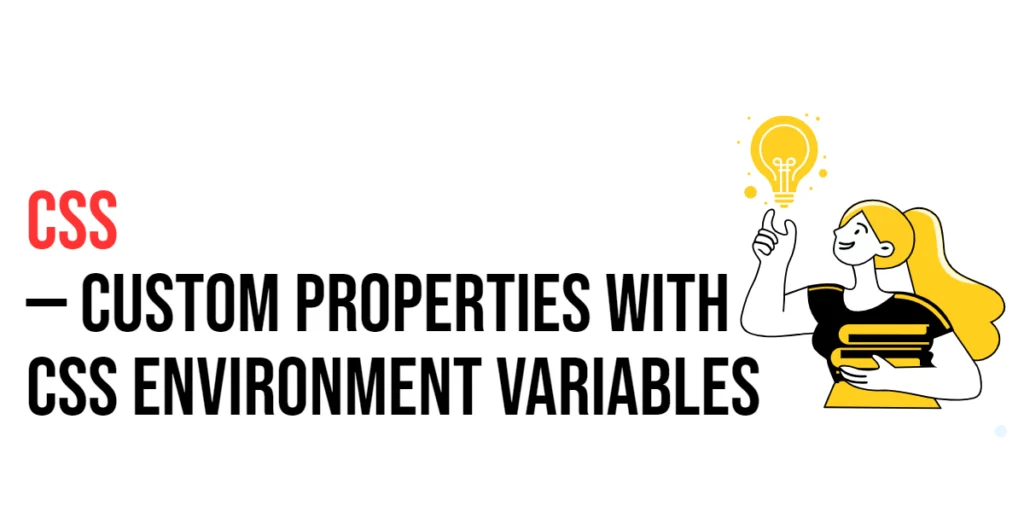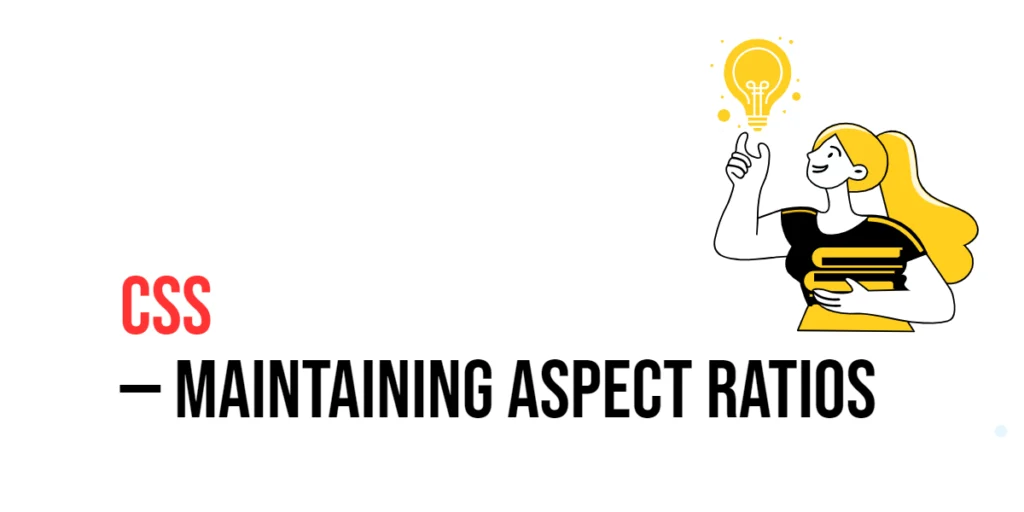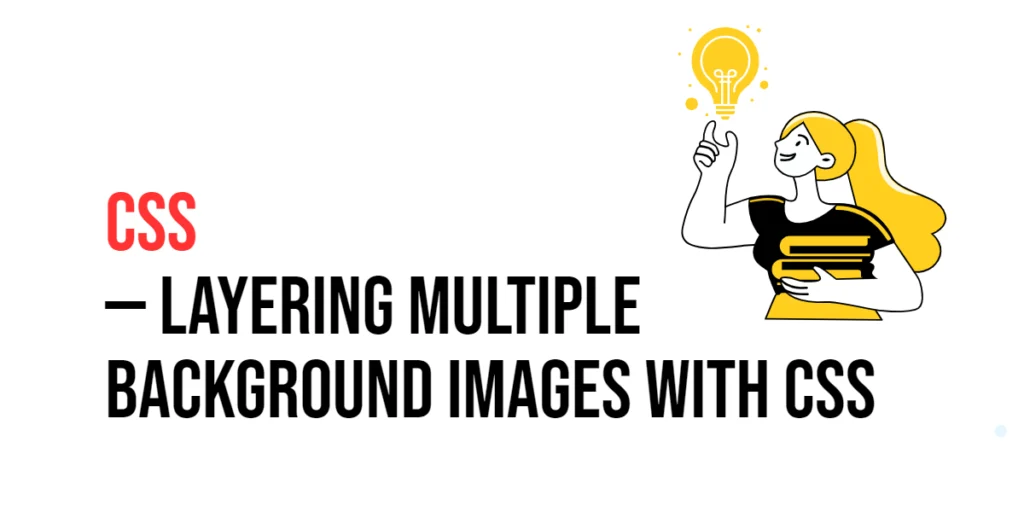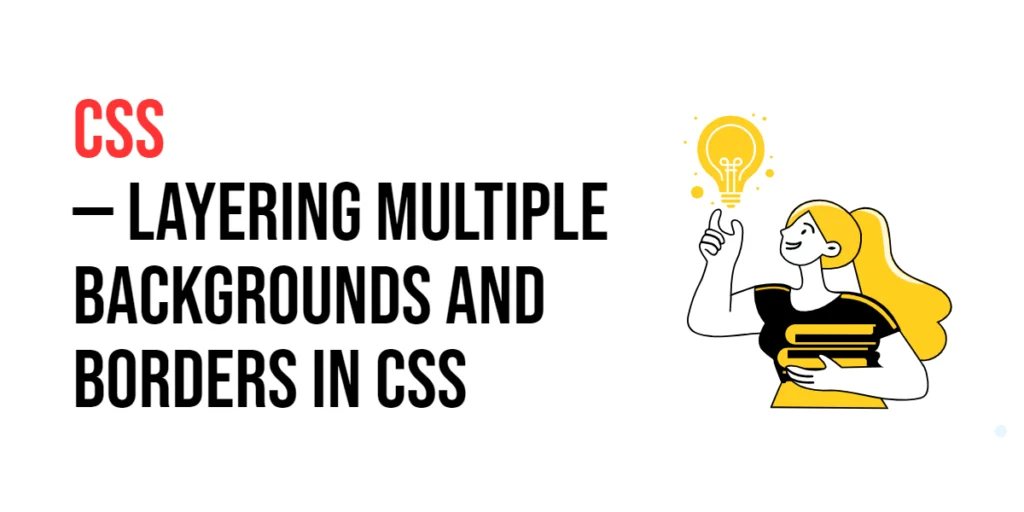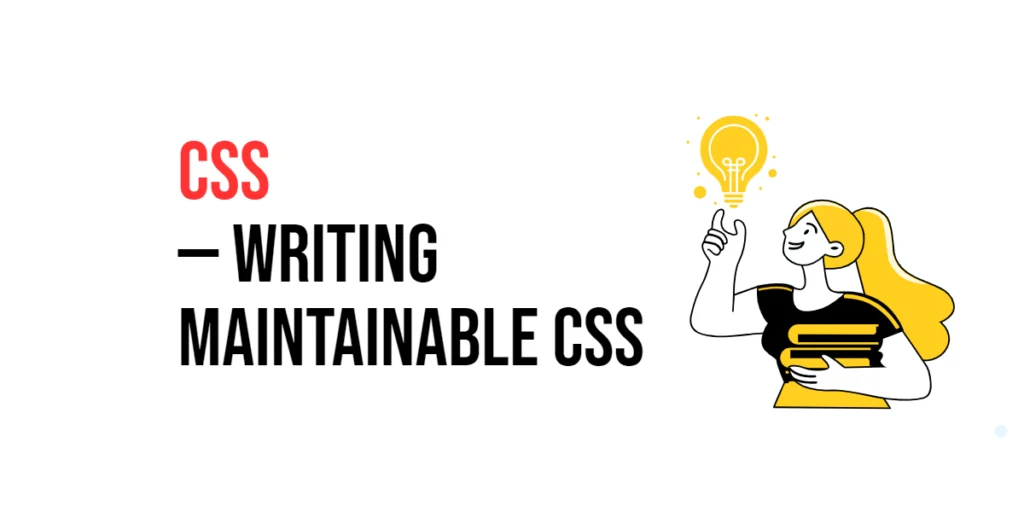CSS: Sticky Positioning – Making Elements Stick
Sticky positioning is a CSS feature that allows elements to stick to a defined position within their container as the user scrolls. When an element is given sticky positioning, it behaves like a relatively positioned element until it reaches a specified offset from the viewport. At that point, it becomes fixed and remains in that […]
CSS: Sticky Positioning – Making Elements Stick Read More »

